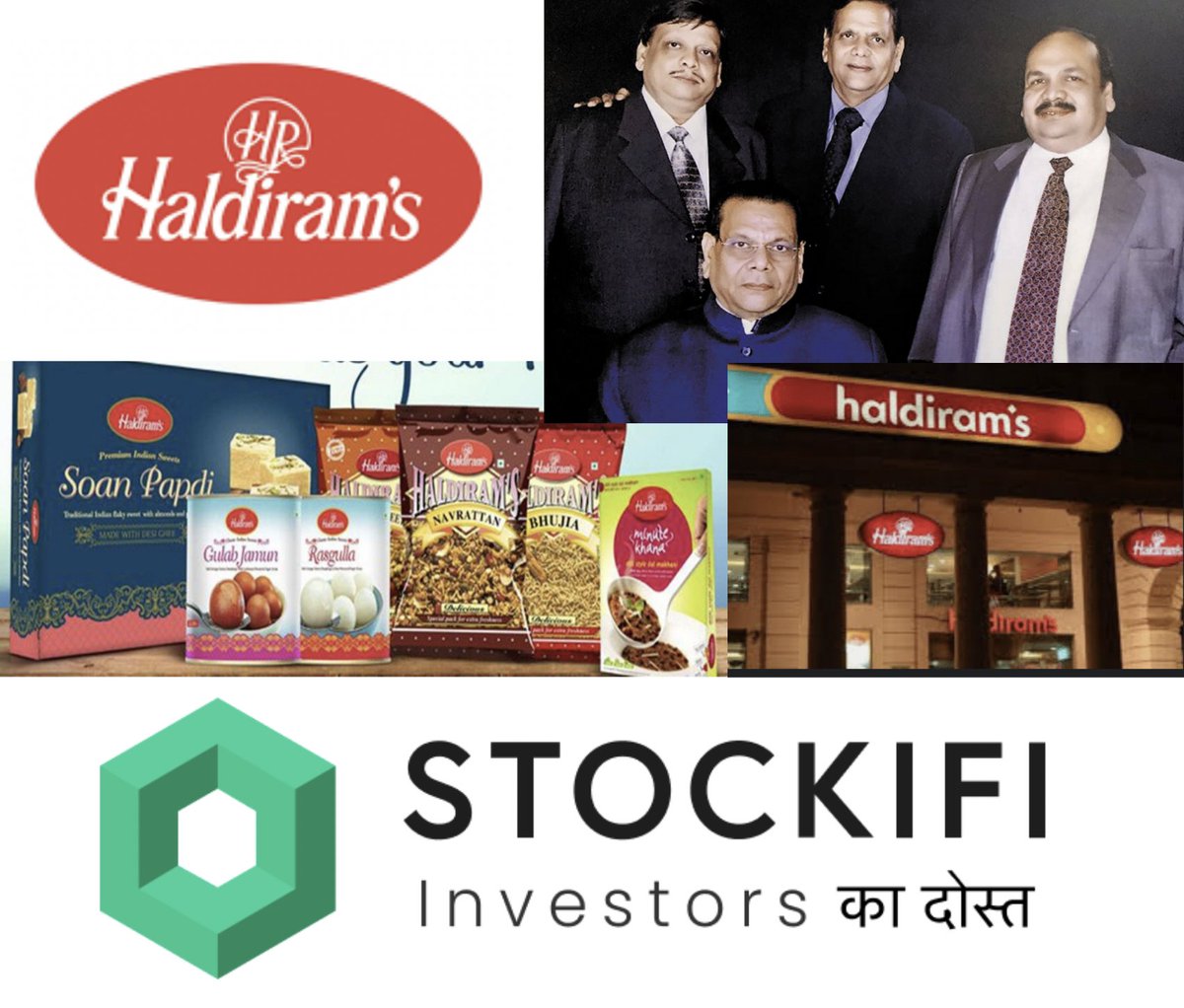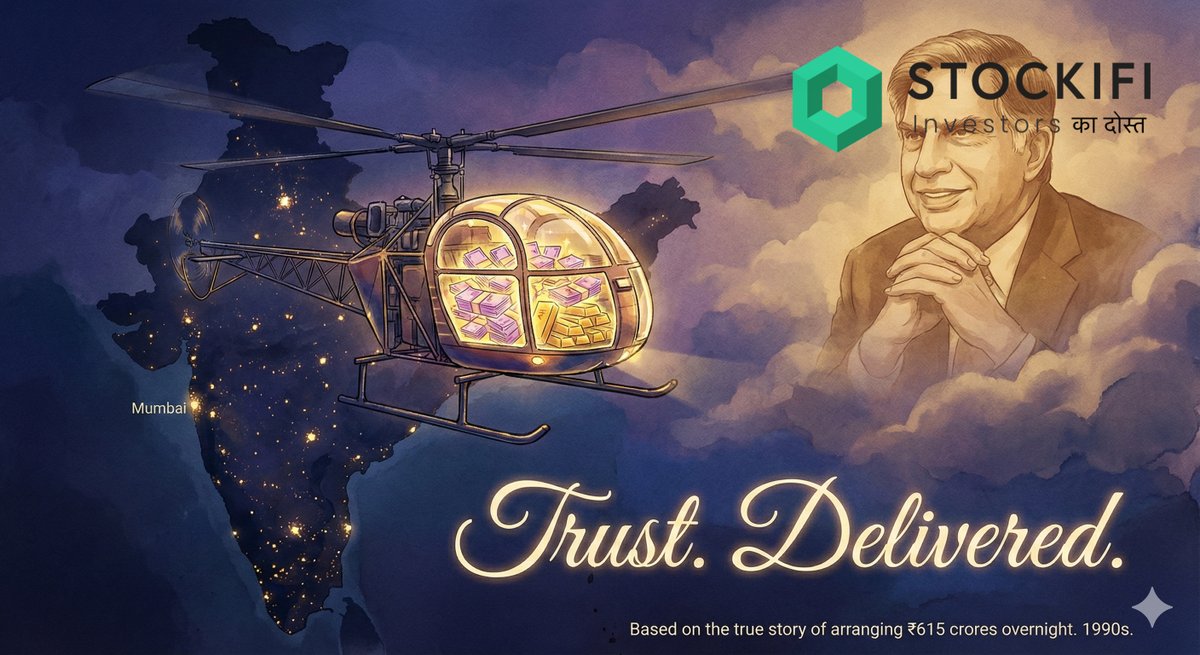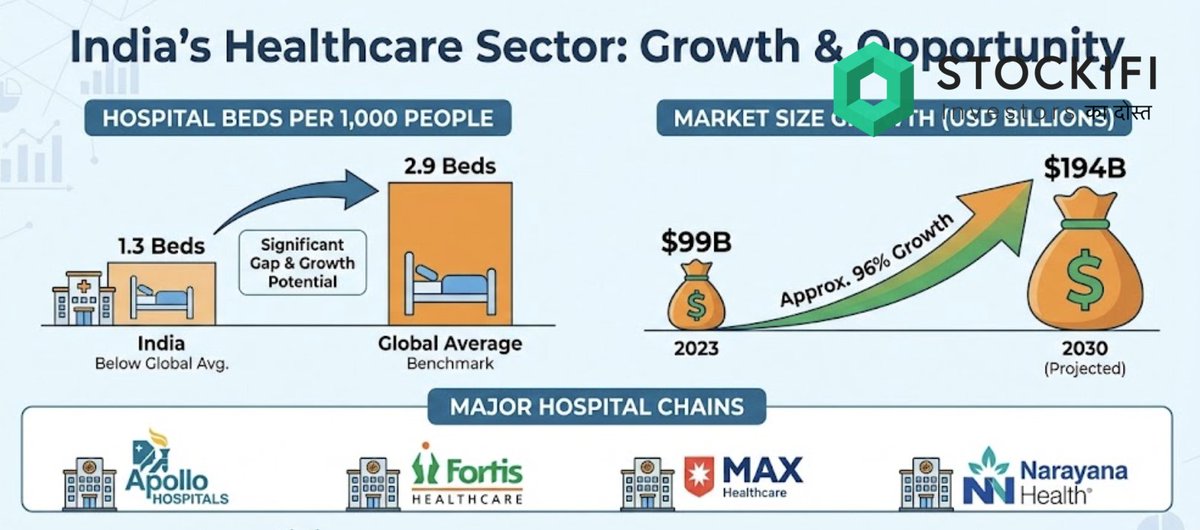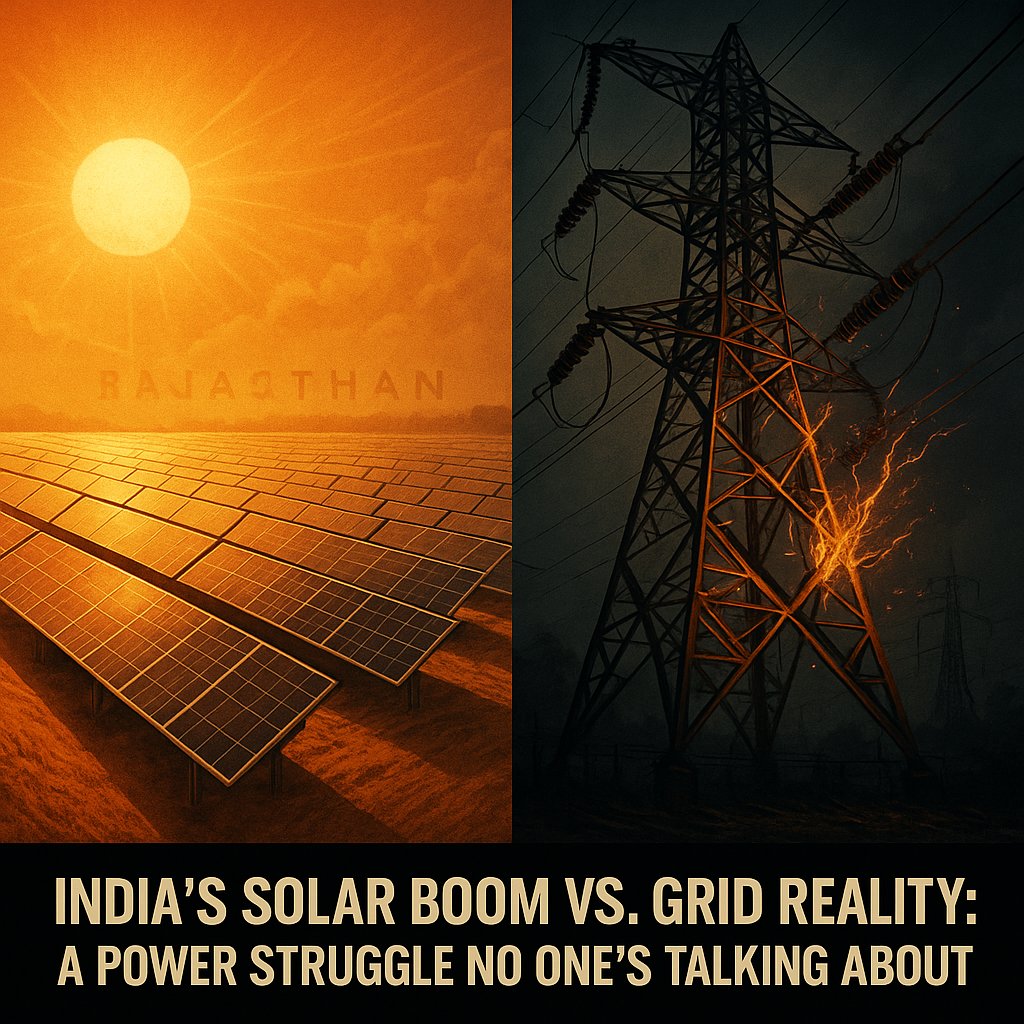From selling snacks on the street to building a multi-billion-dollar empire
Mega-Thread on the story of Haldiram's
Would appreciate a Retweet or like as it helps us educate more investors and inspire us in producing more such content.
Mega-Thread on the story of Haldiram's
Would appreciate a Retweet or like as it helps us educate more investors and inspire us in producing more such content.

1) Ganga Bhisen Agarwal, affectionately known as Haldiram by her mother, started The Haldiram Empire in 1937 before India gained independence.
2) He was born into a Malwadi family in Bikaner and married Champa Devi.
2) He was born into a Malwadi family in Bikaner and married Champa Devi.
3) He started out selling Bhujia, as per his aunt's recipe in his father's namkeen and snacks shop.
4) However, he and his wife later fled home owing to a family quarrel.
5) Later he started by selling on the street mong daal namkeen prepared by his wife.
4) However, he and his wife later fled home owing to a family quarrel.
5) Later he started by selling on the street mong daal namkeen prepared by his wife.
6) Haldiram opened his first business in Bikaner in 1946. He began selling his Bikaneri Bhujia there.
7) He recreated the Bhujia by including moth flour and made it thinner. His sales and income improved dramatically because of all of these adjustments.
7) He recreated the Bhujia by including moth flour and made it thinner. His sales and income improved dramatically because of all of these adjustments.
8) Later on, Haldiram attended a wedding in Kolkata, and only he got the idea to set up his shop there.
9) With this step, the first branching out of the Bikaner Bhujia business was started.
9) With this step, the first branching out of the Bikaner Bhujia business was started.
10) Haldiram's sons and grandsons joined him in the family company, which he later grew to greater heights.
11) Moreover, as the corporation grew, a disagreement arose among his younger generation over the Haldiram empire's geographical and trademark rights.
11) Moreover, as the corporation grew, a disagreement arose among his younger generation over the Haldiram empire's geographical and trademark rights.
12) Moolchand, Rameshwar Lal, and Satidas, his three sons, are currently operating under Haldiram, Bikaji, Haldiram's Nagpur, Haldiram Bhujiawala, and others.
13) From 1985, Shiv Krishan Agarwal, Haldiram's grandson, and the previous CMD began working on the company's expansion.
13) From 1985, Shiv Krishan Agarwal, Haldiram's grandson, and the previous CMD began working on the company's expansion.
14) They increased the shelf life and packaging of the products to international standards.
15) In 2003, the company began the process of developing convenience foods to be marketed to consumers.
15) In 2003, the company began the process of developing convenience foods to be marketed to consumers.
16) Haldiram's portfolio now includes over 70 different namkeens and snacks and sweets, beverages, frozen meals, and quick-service restaurants.
17) There are about 400 items sold at Haldiram's. Namkeens, western snacks, Indian sweets, pastries, sherbets, and pickles like Gulab jammun and bhujia, papadum, are among the company's offerings.
18)Nagpur, Delhi, Kolkata, and Bikaner are the main manufacturing locations.
18)Nagpur, Delhi, Kolkata, and Bikaner are the main manufacturing locations.
19) Haldiram operates a retail chain and several restaurants in Nagpur and Delhi.
20) Haldiram's products are currently shipped to Sri Lanka, United Kingdom, United States, Canada, the United Arab Emirates, Australia, New Zealand, Japan, Thailand, and other nations worldwide.
20) Haldiram's products are currently shipped to Sri Lanka, United Kingdom, United States, Canada, the United Arab Emirates, Australia, New Zealand, Japan, Thailand, and other nations worldwide.
21) Foreign food businesses must go to Desi to succeed in the Indian market, no matter how big they are.
22)Whether it's McDonald's which added Burgers such as Mac Maharaj or the establishment of a Subway Jain counter in Ahmedabad, the company's first all-veg location.
22)Whether it's McDonald's which added Burgers such as Mac Maharaj or the establishment of a Subway Jain counter in Ahmedabad, the company's first all-veg location.
23) As per the Brand Trust Report, Trust Research Advisory in 2014, Haldiram's was placed 55th among India's most trusted brands.
24)Haldiram's also just announced an exclusive master franchisee collaboration with Brioche Doree, the world's second-largest bakery business.
24)Haldiram's also just announced an exclusive master franchisee collaboration with Brioche Doree, the world's second-largest bakery business.
25) Only vegetarian food will be served in the brioche Doree cafes for the first time.
26) Haldiram's revenue surpassed 4000 crores in FY16, outpacing both Domino's and McDonald's combined.
26) Haldiram's revenue surpassed 4000 crores in FY16, outpacing both Domino's and McDonald's combined.
27)In September 2017, Haldiram reclaimed its position as India's leading snack company, outselling PepsiCo's Lays, Kurkure, and Uncle chips.
28)It was also named the country's largest snack company, beating out all domestic and international rivals.
28)It was also named the country's largest snack company, beating out all domestic and international rivals.
29) Haldiram has never invested much in marketing and promotion to expand the brand. They grew their business mostly through word of mouth.
30) But, due to fierce rivalry, they learned the value of marketing and advertising and began to attract their attention.
30) But, due to fierce rivalry, they learned the value of marketing and advertising and began to attract their attention.
31) One of the large campaigns saw Haldirams partnering with the Bollywood film "Prem Ratan Dhan Payo" to host a promotional contest in which they handed 1.5 million snack packets.
32) Kelloggs, the world's second-largest snack company, is eyeing a 3-billion-dollar stake in Haldiram to diversify its portfolio beyond breakfast products and enter the Indian market, as it is difficult for a foreign player to create a desi snacks brand that can compete.
33) A fascinating point to notice is that, like Ganga Bhisan of Bikaner, Keith Kellogg of Michigan in the United States invented a culinary item more than a century ago: corn flakes.
34)Haldiram's sales in 2019 surpassed the $1 billion mark.
34)Haldiram's sales in 2019 surpassed the $1 billion mark.
35)Haldiram's goods are presently sold in more than 80 countries throughout the world.
36)Haldiram's a hidden jewel of the Indian food industry is today bigger than Hindustan Unilever's packaged food division.
Would appreciate a Retweet as it helps us educate more investors.
36)Haldiram's a hidden jewel of the Indian food industry is today bigger than Hindustan Unilever's packaged food division.
Would appreciate a Retweet as it helps us educate more investors.
• • •
Missing some Tweet in this thread? You can try to
force a refresh










